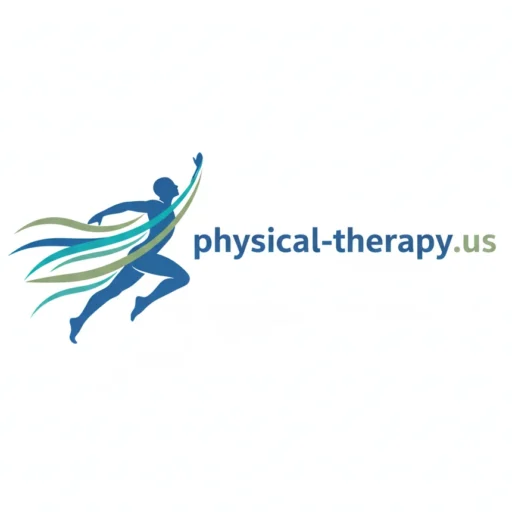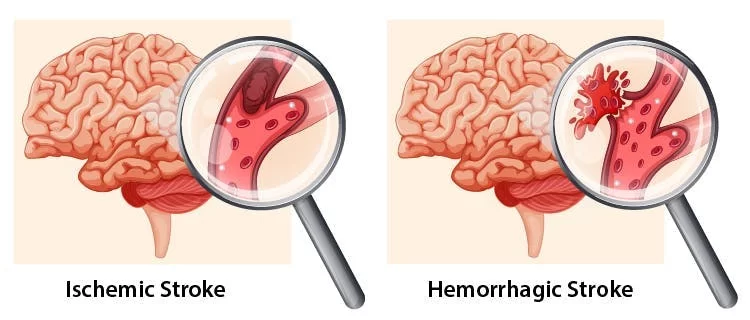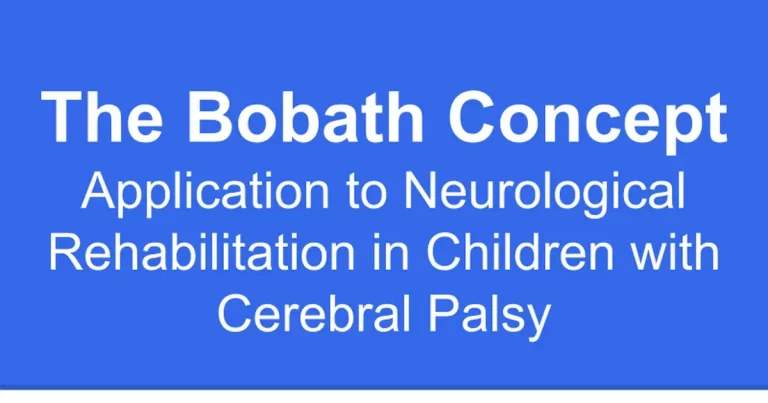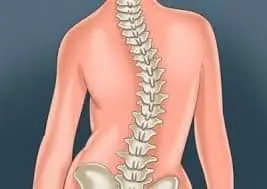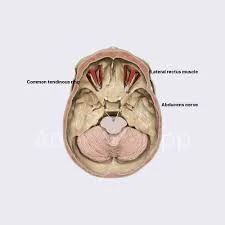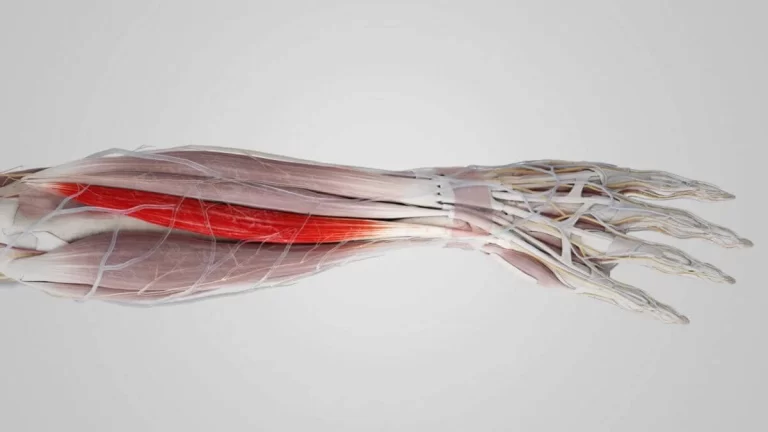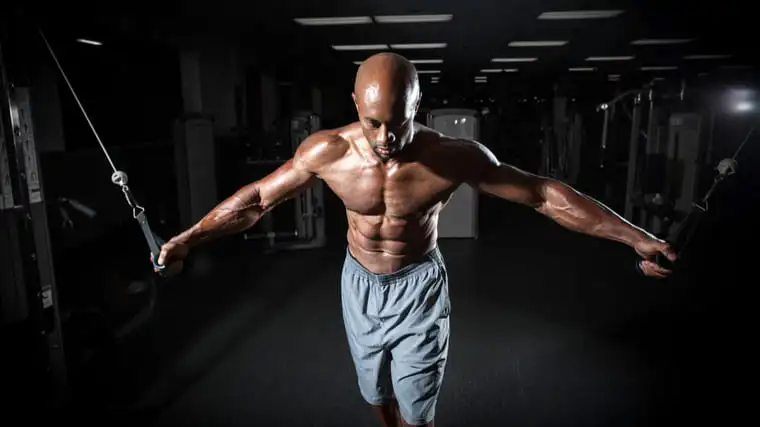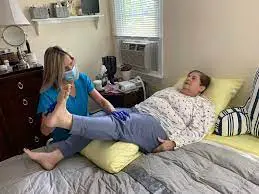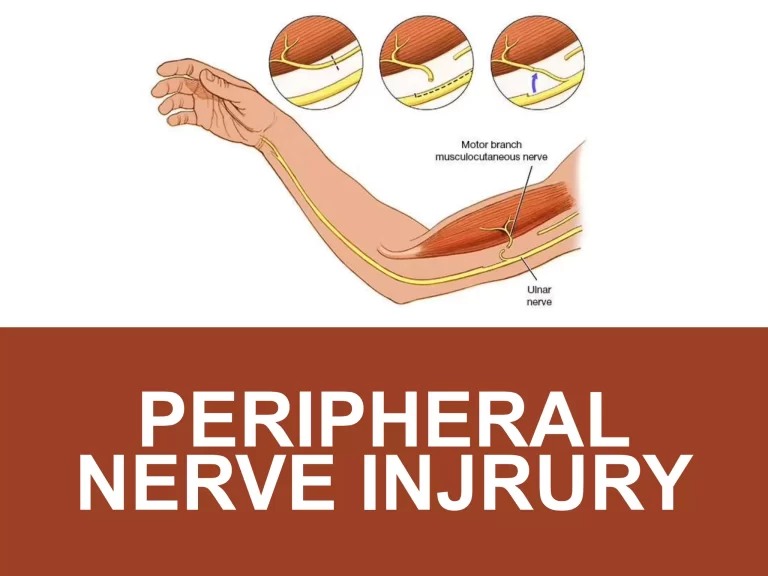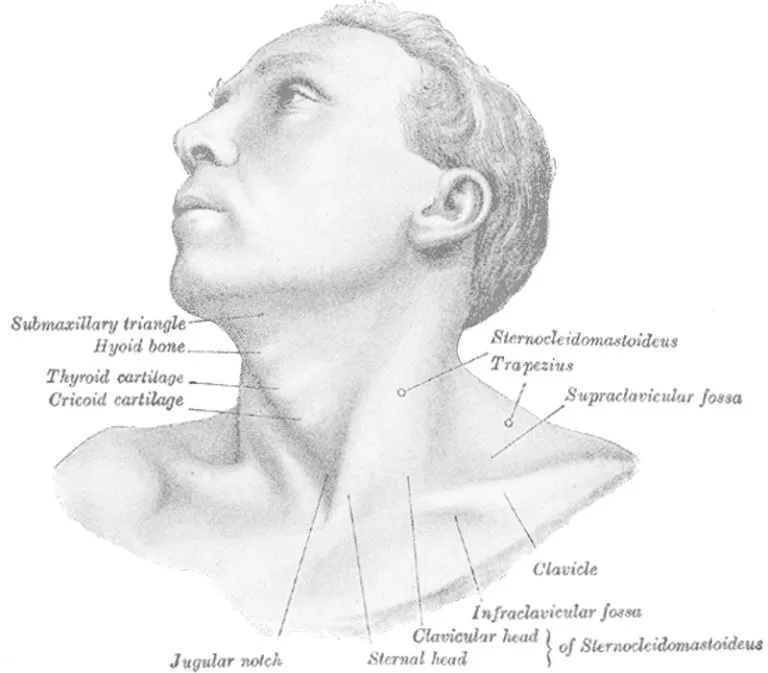Hemorrhagic Stroke
What is a Hemorrhagic Stroke? To identify the early indicators of a stroke, always remember to think quickly: Types of Hemorrhagic Stroke One of the following variables may lead to a hemorrhagic stroke: Symptoms of Hemorrhagic Stroke How can you recognize the symptoms of a hemorrhagic stroke? A hemorrhagic stroke may present with one or…
